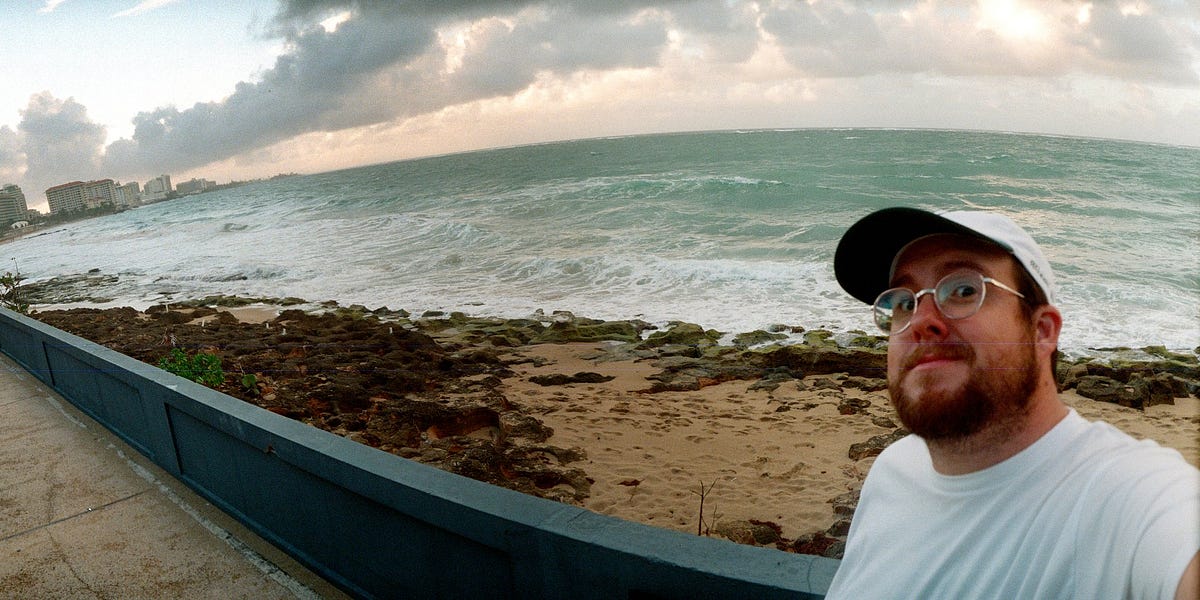Sublime
An inspiration engine for ideas
Caufield's main argument was that we have become swept away by streams – the collapse of information into single-track timelines of events. The conversational feed design of email inboxes, group chats, and InstaTwitBook is fleeting – they're only concerned with self-assertive immediate thoughts that rush by us in a few moments.
Maggie Appleton • A Brief History & Ethos of the Digital Garden
Can we fix the creator economy? I think so, and I think the answer may be provided by Timothy Green's salient insight that publication is curation.
Tom Beck • Curator Economy, Not Creator Economy
Matt Glaman
@mglaman
MATT PRICE ON CRITICISM, PHOTOGRAPHY, AND THE STATE OF SKATE MEDIA
open.substack.com
So long as information processing power continues to increase, returns to authentic public communication will continue to rise as returns to prestige affiliations continue to decrease. Yet the firms that are capitalizing on the facilitation of defection—Substack, Patreon, etc.—sell a basket of features, not least of which is a kind of ersatz presti... See more
Justin Murphy • Urbit and the Telos of the Creator Economy
As with other social networks that grow, Instagram broadened its formats early on to head off several format-based asymptotes. Non-square photos and videos with gradually lengthening time limits have broadened the use cases and, more importantly, removed some level of production friction.
The move to copy Snapchat's Stories format was the next giant... See more
The move to copy Snapchat's Stories format was the next giant... See more
Remains of the Day • Invisible asymptotes
When Facebook introduced the news’ feed, it spurned feedback from ex-partners whose relationship-ending-statuses were now being blasted to all their friends. Facebook prioritized its engagement—and its revenue—over the impact on its users.
It’s hard to blame Facebook. It would have died out if it hadn’t introduced a newsfeed—the feed was the most en
... See more